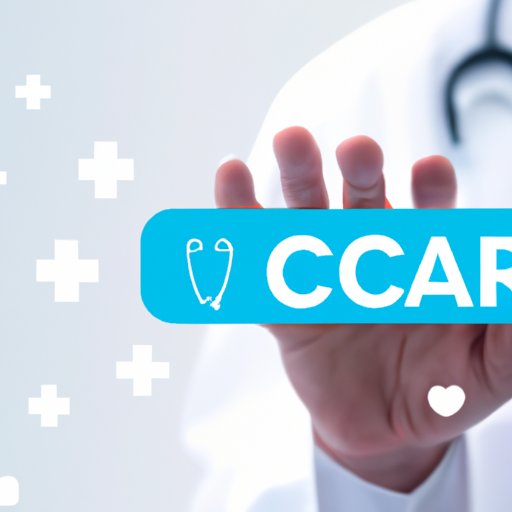Introduction
Health care is an essential part of life. It is defined as the prevention, diagnosis, treatment, and management of physical and mental illnesses, injuries, and other medical conditions. The goal of health care is to improve and maintain the health of individuals, families, and communities. Health care services are provided by a variety of professionals such as physicians, nurses, pharmacists, dentists, and other health care providers.
In this article, we will explore what health care is and the different types of health care services available. We will also look at health care reforms, financing of health care, and how technology is impacting health care delivery. This will help readers understand the current state of health care and its implications for health care consumers.
Types of Health Care Services
Health care services can be divided into four main categories: primary care, specialty care, mental health care, and long-term care.
Primary Care
Primary care services refer to the first point of contact with the health care system. These services include preventive care (e.g., immunizations and screenings), diagnosis and treatment of common medical conditions, and management of chronic diseases. Primary care providers are typically general practitioners, family physicians, internists, pediatricians, and nurse practitioners.
Specialty Care
Specialty care refers to services provided by specialists such as cardiologists, oncologists, endocrinologists, neurologists, and surgeons. Specialty care is typically used for more complex medical conditions that require specialized skills and knowledge.
Mental Health Care
Mental health care involves the diagnosis, treatment, and management of mental health disorders such as depression, anxiety, and bipolar disorder. Mental health care is provided by psychiatrists, psychologists, clinical social workers, psychiatric nurses, and other mental health professionals.
Long-Term Care
Long-term care refers to services provided to individuals who need assistance with activities of daily living such as bathing, dressing, eating, and toileting. Long-term care services can be provided in the home, in nursing homes, or in assisted living facilities.
Health Care Reforms
In recent years, there have been a number of reforms implemented to improve access to care, reduce costs, and improve the quality of care. The Affordable Care Act (ACA) was the most significant reform and it expanded access to health insurance coverage for millions of Americans. Other reforms include the introduction of value-based payment models, increased use of technology in health care delivery, and the establishment of accountable care organizations.
The impact of health care reform has been mixed. According to a study published in the New England Journal of Medicine, the ACA has led to an increase in the rate of health insurance coverage, but it has not had a significant effect on reducing health care costs. On the other hand, the introduction of value-based payment models has been associated with improved quality of care and reduced hospital readmission rates.
Financing of Health Care
Health care is expensive and so the question of who pays for it is an important one. Generally speaking, health care is financed through a mix of public and private sources. Public sources include government programs such as Medicare and Medicaid, while private sources include employer-sponsored health insurance and out-of-pocket payments.
The cost of health care is a major concern for many people. According to a survey conducted by the Kaiser Family Foundation, nearly half of all adults in the United States report having difficulty affording their health care costs. This highlights the importance of understanding the different sources of health care financing and how they can be used to help cover the cost of care.

Technology and Health Care Delivery
Technology has become an increasingly important part of health care delivery. Technology has the potential to improve access to care, reduce costs, and improve the quality of care. For example, telemedicine has become increasingly popular in recent years and it allows patients to receive care from a distance. Additionally, electronic health records (EHRs) have made it easier for health care providers to store and share patient information.
However, there are potential risks associated with the use of technology in health care delivery. For example, EHRs may contain sensitive personal information and so there is a risk of unauthorized access and misuse of this information. Additionally, telemedicine may not be appropriate for certain medical conditions and so it is important to consider the potential risks and benefits before using it.
Conclusion
In this article, we explored what health care is and the different types of health care services available. We also looked at health care reforms, financing of health care, and how technology is impacting health care delivery. We examined the implications of these topics for health care consumers and discussed the need to understand the different sources of health care financing and the potential risks associated with the use of technology in health care delivery.
Overall, health care is an essential part of life and it is important to understand the different aspects of health care in order to make informed decisions about one’s own health care. By doing so, individuals can ensure that they are receiving the best possible care and getting the most value for their health care dollars.
(Note: Is this article not meeting your expectations? Do you have knowledge or insights to share? Unlock new opportunities and expand your reach by joining our authors team. Click Registration to join us and share your expertise with our readers.)
